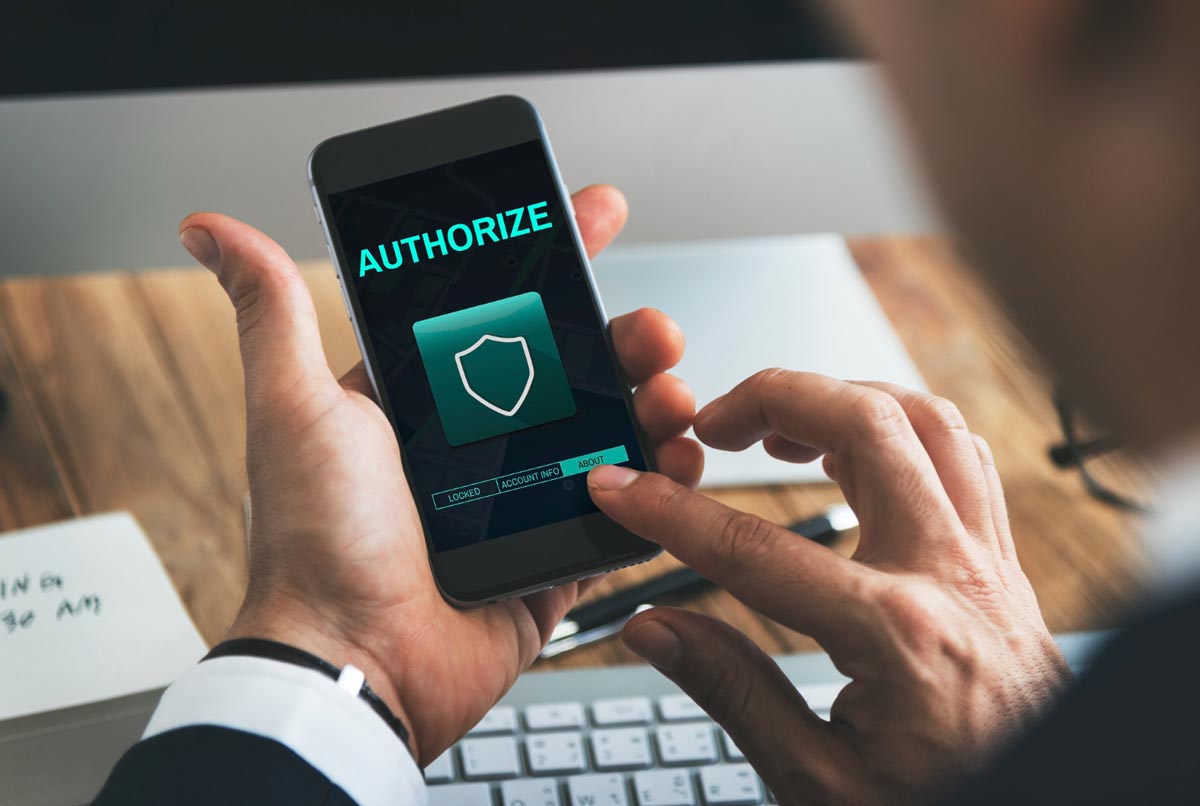
New Zero Trust Technologies: How to Best Use Them
Zero Trust technologies may seem new. But, in actuality, many of the technologies behind the zero-trust philosophy have been in use for some time. Let’s take a look at some of the most popular zero trust technologies, how they’re being used by organizations today and how they could benefit yours.
What is Zero Trust?
First: a zero trust security platform is not, specifically, a technological platform. Rather, it’s a set of standards — a conceptual way that a security platform should operate. Under “zero trust” security, no one is trusted. Connections are considered to be blacklisted by default rather than whitelisted by default. Permissions are strictly controlled.
Multi-Factor Authentication Services
You may have heard a lot about multi-factor authentication (and, related, two-factor authentication) in recent years. For instance, Office 365 simplifies multi-factor authentication to the extent that it has started to become standard. But most people were already aware of multi-factor authentication, they just didn’t realize it. Every time someone used a debit card to get money out of an ATM, they were verifying their identity through multiple factors: having their card and knowing their PIN.
Under zero trust, multi-factor authentication is essential. It’s used to ensure that someone is who they say they are. But that’s not where zero trust stops. Zero trust also ensures that the individual, once logged into their account, only has access to the data and permissions that they absolutely need to get their job done. In the old days, without multi-factor authentication, users could get into systems with something as simple as a single password. Now, it’s much harder.
Analytics for Zero Trust Technology
Under zero trust technology, security analytics are based on the “never trust, but verify” philosophy. But this also means that tremendously more data needs to be collected at all levels of the network. An organization needs enhanced transparency and telemetric services to be able to identify any potentially threatening situations.
In zero trust, nearly everything is walled and siloed. Attackers are not allowed to move freely across the network because even good actors (such as employee users) are not allowed to move freely across the network. But this also requires that the zero trust technology infrastructure be able to identify when someone may be moving across the network with a malicious intent.
Users, dates, locations and general behavior are all used to assess threats. This often requires a radical redesign of a way that a network functions, as orchestration, microsegmentation or IaaS may be used to create a network in which everything is carefully segregated. Today, artificial intelligence is being used in many of these systems to manage the systems on the fly and to identify potential attacks.
Encryption Services Under Zero Trust
Everything under zero trust must be encrypted. The ultimate goal of zero trust is to protect data. Data has to be both encrypted and properly preserved to avoid potential threats. Ideally, most networks should already be running at least basic encryption protocols on all the data that is being stored and retrieved.
Zero trust networks will ensure that not only is all data encrypted properly, but all data has also been properly backed up and can be restored with ease. Zero trust networks will also ensure that any transmissions between the network and other parties are encrypted.
In recent years, IoT devices and mobile device management have become a cause for concern. There are many IoT devices that are poorly designed and that may not have the data they use encrypted. Under a “some trust” network, these devices may have been considered too trivial (and their communications too simplistic) to care about. But under a zero trust network, every single device, no matter how small, needs to be protected and its communications encrypted.
Zero Trust and Permissions
Most companies are going to find themselves wrangling with new permission standards and access controls when it comes to zero trust. Organizations have become used to trust-designed policies, under which employees who are trusted may have significantly greater permissions than necessary. But while this greases efficiency and productivity, it becomes a significant problem when anyone’s account, at any time, could become compromised.
The systems for managing security and permissions are already extant in solutions such as Microsoft Azure and Office 365; what has to change is how the technologies are utilized. This is part of what makes zero trust less a technology infrastructure and more a technology philosophy.
Ultimately, zero trust technology is a method of ensuring that your assessment, control and recovery operations are inherently secure. Most companies are now transitioning to a zero trust security model. As networks become more complex (and companies continually find themselves under fire), a zero trust model is one that makes the most sense.
But because zero trust is something that has to be propagated through every layer of your network, many companies cannot make the transition to zero trust architecture on their own. The easiest way to start investing in zero trust technologies is to connect with managed services provider. Connect with Red River today to learn more about how zero trust can help you secure your organization’s most important digital assets.

written by
Corrin Jones
Corrin Jones is the Director of Digital Demand Generation. With over ten years of experience, she specializes in creating content and executing campaigns to drive growth and revenue. Connect with Corrin on LinkedIn.




